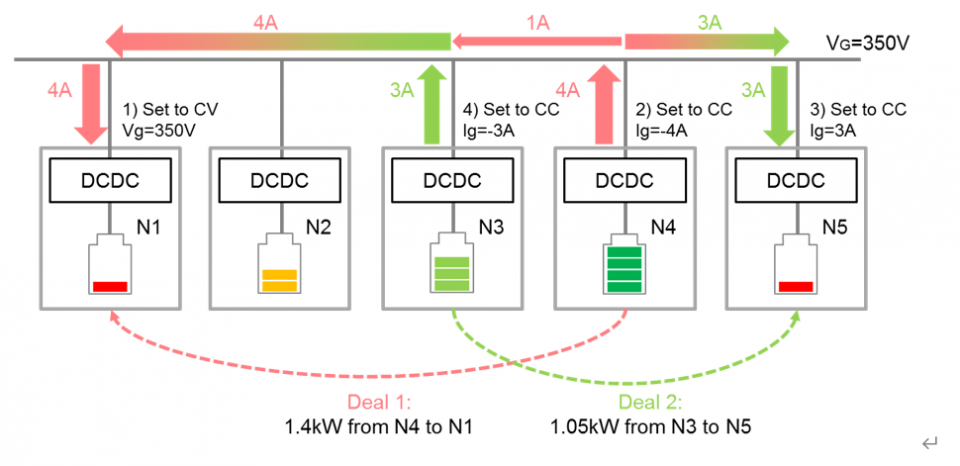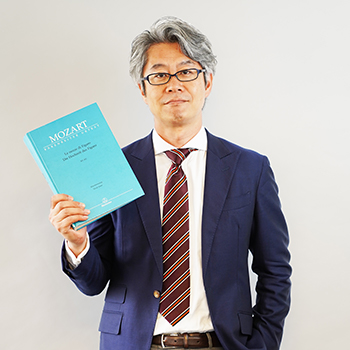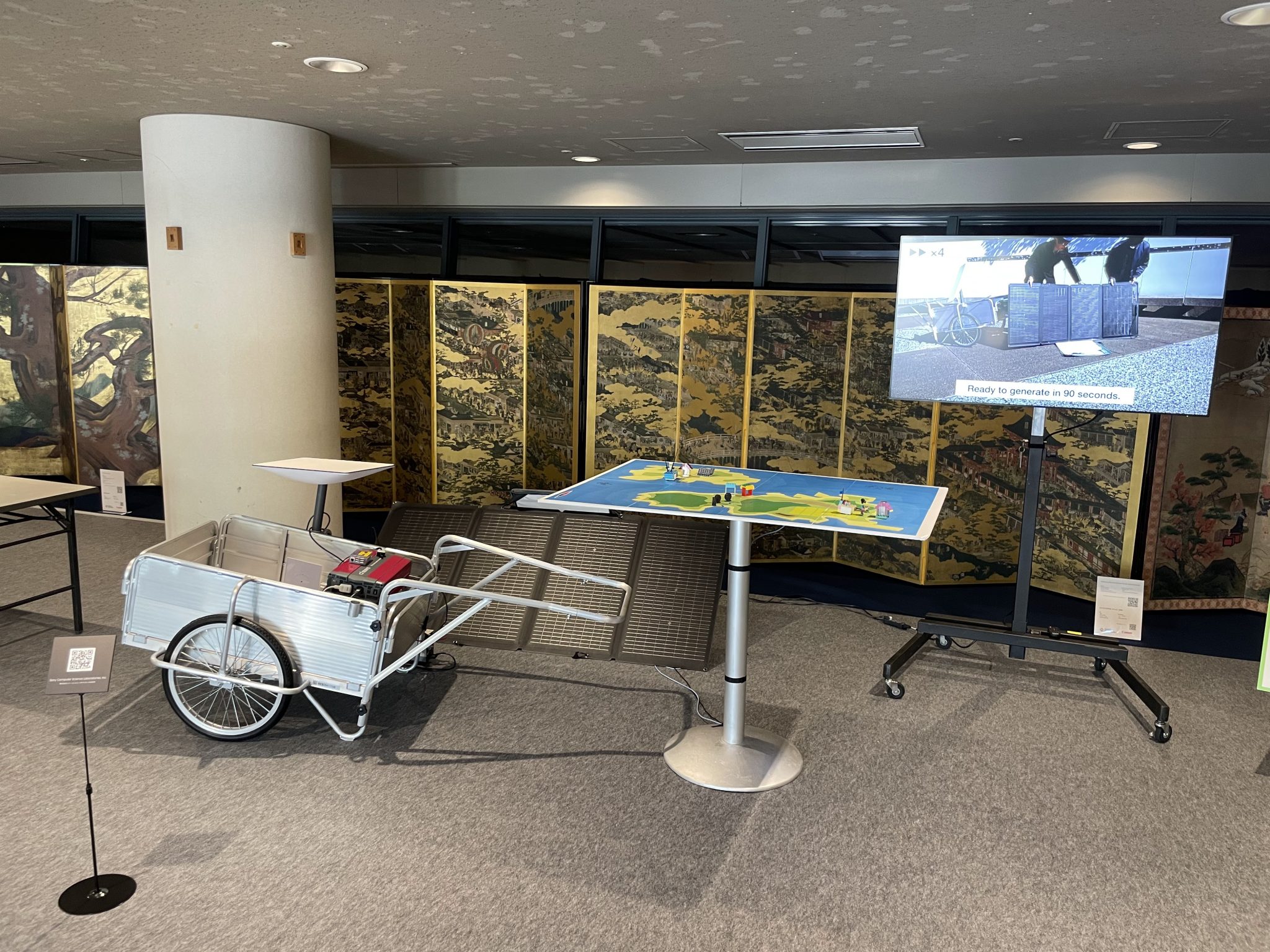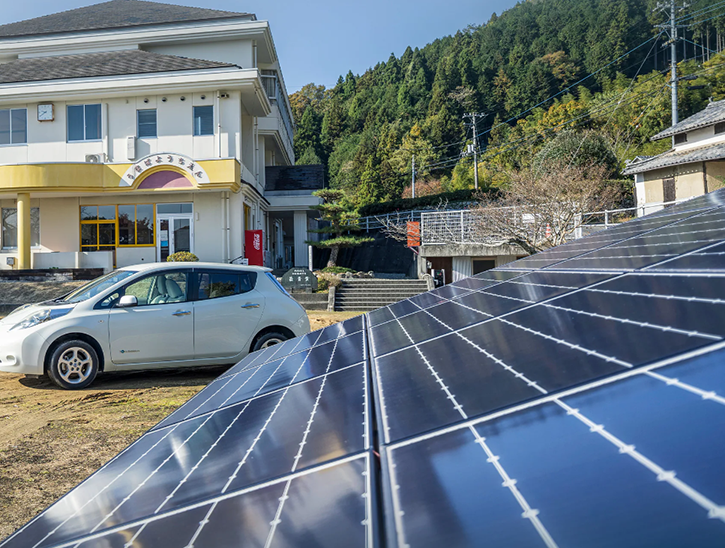Synecoculture PJ.
Former Project on Planetary Agenda
OESのOpen Source化
Autonomous Power Interchange System(APIS)
GitHubはこちら
はじめに
地球環境の変動は、深刻さを増しており、不可逆的な気候の遷移を意味するClimate Departureの議論すらされています[1] 。さらに、2019年末からの新型コロナウイルスの蔓延は、パンデミックとなり多くの国で長期間のロックダウンが行われるなど経済活動は大幅に制限されました。しかし、これほどの経済活動の制限をもってしても気候変動の抑制への効果は極めて限定的であり、単なる量的な抑制ではなく、質的な産業構造、特にエネルギー需給構造の変革が必須であるとの認識が広まっています[2, 3, 4, ]。
ソニーコンピュータサイエンス研究所(ソニーCSL)では、分散型で拡張可能性が高く、さらに災害等に対するレジリエンスで優れているマイクログリッドという電力システムの研究開発を進めてきました。マイクログリッドとは、太陽光発電などの再生可能エネルギーを始めとする分散電源を活用することで、温室効果ガス排出量を抑制するとともに、一定の地域で使用する電力を地域内で発電、蓄電、配電することで、送配電距離を最小化し、さらに、分散自律型であることにより自然災害等の影響を最小化するレジリエンス(強じん性)の高い電力システムです。Open Energy System(OES)は、このようなマイクログリッドの利点を最大限位活かすために、直流型(DC)のP2P(ピアツーピア)自律電力融通技術を核とした一連の技術体系を確立し、沖縄科学技術大学院大学(OIST)での実証研究を行ってきました。OISTにおける実証研究は、2020年3月に終了し、5年間の安定運用を実績から実用レベルに達しつつあると判断しました。
同時に、今回のパンデミックによる経済活動の抑制をもってしても気候変動を抑制することが困難であるという事実を目にした時、この技術をオープンソースという形で公開し、その普及を加速するべきという結論に至りました。その第一弾として、その中核モジュールである自律型電力融通制御ソフトウェア Autonomous Power Interchange System(APIS) の技術を2020年12月1日に無償公開することに致しました(プレスリリース)。
持続可能な電力システムの構築
OESは、再生可能エネルギーの導入量を増やすとともに、拡張性が高く、災害等に対するレジリエンスの高いマイクログリッドとして開発されました。その中核は、分散型の電力システムを相互接続しIoT制御により自動で電力バランスを調整する自律型電力融通技術です。
オープンソースで公開する技術
今回オープンソースで提供するソフトウェアは二つの機能 を持っています。
1つ目はPC上でマイクログリッド内の電力融通をエミュレーションする機能です。本ソフトウェアを用いることで、マイクログリッド導入を検討するにあたり、様々なパラメータにおける電力融通の動作検証を行うことができます。
2つ目は、マイクログリッドを構築する実バッテリシステムを制御する機能です。本ソフトウェアと各バッテリシステムに対応したデバイスドライバを準備することで、実バッテリシステムで下記特長を持つマイクログリッドを構築することができます。
- レジリエンスの向上
各ユニットがバッテリシステムを持ち自立動作可能 - 再生可能エネルギーのさらなる導入
各ユニットのバッテリの電力配分を自動で調整しマイクログリッド内の再生可能エネルギーの発電量の最大化、外部からの購入電力の最小化が可能 - マイクログリッドの構築・拡張が容易
接続するバッテリシステムの規模に制限はなく、後からマイクログリッドに容易にユニットを追加可能
また、本ソフトウェアを活用して頂く際には、技術サポートを実施することも予定しています。
要素技術
●Physical Peer to Peer (PP2P) 電力融通
定電流制御によりバッテリー間での定量の電力融通を行い、一定のルールに従いバッテリー間の電力バランスの調整を実現。電圧制御では難しかった特定ユーザ(バッテリー)間での定量の電力融通を実施することが可能となり、必要な電力量と電力価格を条件としたユーザ間のPP2P電力取引を実現することができます。

●自律分散協調制御
各バッテリシステムに同一機能を持つソフトウェアを設置し、ソフトウェアが各バッテリシステムの取引条件 (時間帯、電力量、電力価格など) に合わせた電力融通を実施します。バッテリシステムごとの自由な電力融通の条件設定が可能で、また条件を時間帯ごとのダイナミックに変えることができる柔軟な電力取引システムです。

2020年には 新型コロナウイルス感染症(COVID-19)の対策として経済活動が大きく制限されましたが、それでも温室効果ガスの削減量は限定的かつ一時的です[2, 3, 4]。各国が目指しているカーボンニュートラルを達成するためには、さらなる抜本的かつ継続的な温室効果ガスの削減が求められています。ソニーCSLでは、こういった地球規模の社会問題に対して、様々なステークホルダーが一体となった取組を行うための技術および開発環境を提供し、サステナブル社会の発展へ貢献していくことを目指します。
[1] Mora, C., Frazier, A. G., Longman, R. J. et al., “The projected timing of climate departure from recent variability,” Nature, 502, 183-187, 2013.
https://www.nature.com/articles/nature12540[2] Quéré, C. L., Jackson, R. B., Jones, M. W. et al., “Temporary reduction in daily global CO2 emissions during the COVID-19 forced confinement,” Nature Climate Change, vol. 10, 647-653, Jul. 2020.
https://www.nature.com/articles/s41558-020-0797-x[3] Forster, P.M., Forster, H.I., Evans, M.J. et al., “Current and future global climate impacts resulting from COVID-19, ” Nature Climate Change, vol. 10, 913–919, Aug. 2020.
https://www.nature.com/articles/s41558-020-0883-0#Sec5[4] “Coronavirus: Green recovery ‘could prevent 0.3C’ of warming by 2050”
https://www.carbonbrief.org/coronavirus-green-recovery-could-prevent-0-3c-of-warming-by-2050



